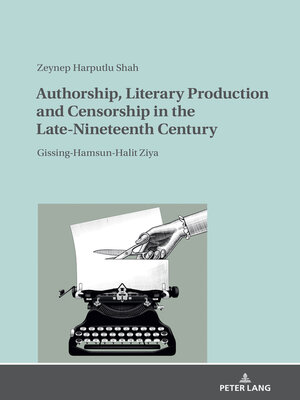Authorship, Literary Production and Censorship in the Late-Nineteenth Century
ebook ∣ Gissing-Hamsun-Halit Ziya
By Zeynep Harputlu Shah

Sign up to save your library
With an OverDrive account, you can save your favorite libraries for at-a-glance information about availability. Find out more about OverDrive accounts.
Find this title in Libby, the library reading app by OverDrive.



Search for a digital library with this title
Title found at these libraries:
| Library Name | Distance |
|---|---|
| Loading... |
Has censorship always been a threat to authorship and artistic production? How did the mass market, the reading public, political or economic concerns influence authors' creativity and literary production in the late nineteenth century? Was self-censorship an individual choice based on voluntary action or fear in the period? How and to what extent did censorship have an impact on the content, form and structure of the novel genre? This book addresses these pivotal questions and examines the transforming notion of authorship, literary production and censorship with a particular focus on England, Norway and the Ottoman Empire. In the novel genre, George Gissing's New Grub Street (1891), Knut Hamsun's Sult (1890) and Halit Ziya Us¸aklıgil's Mai ve Siyah (1898) portray the changing conditions of art and the artist and draws attention to the pressing need for artistic autonomy, self-expression and creativity in the period.







